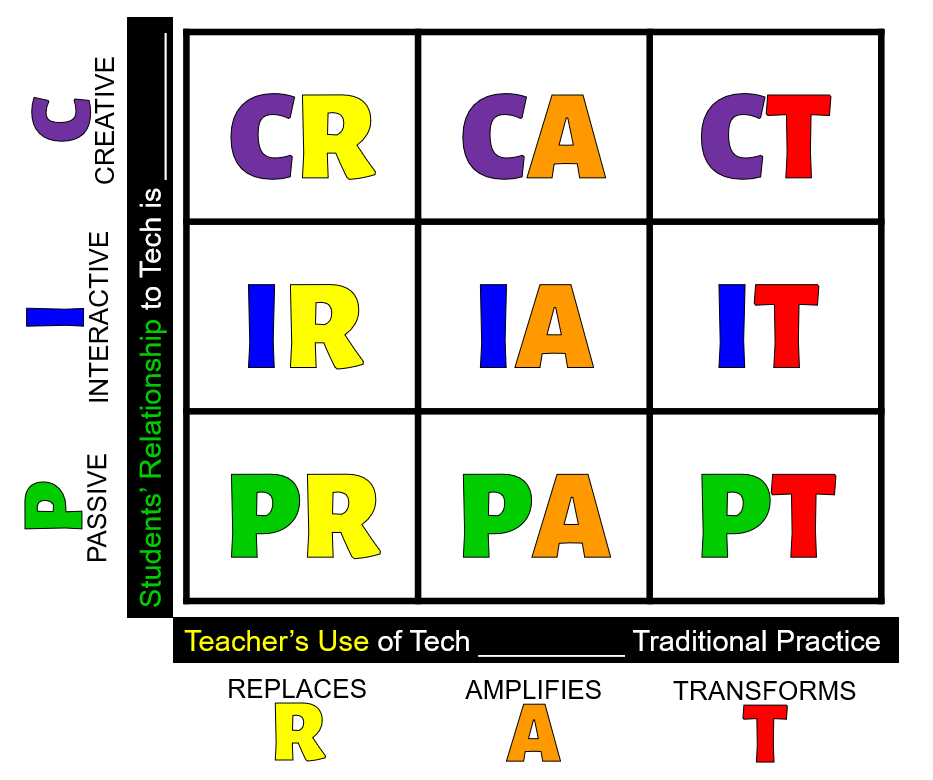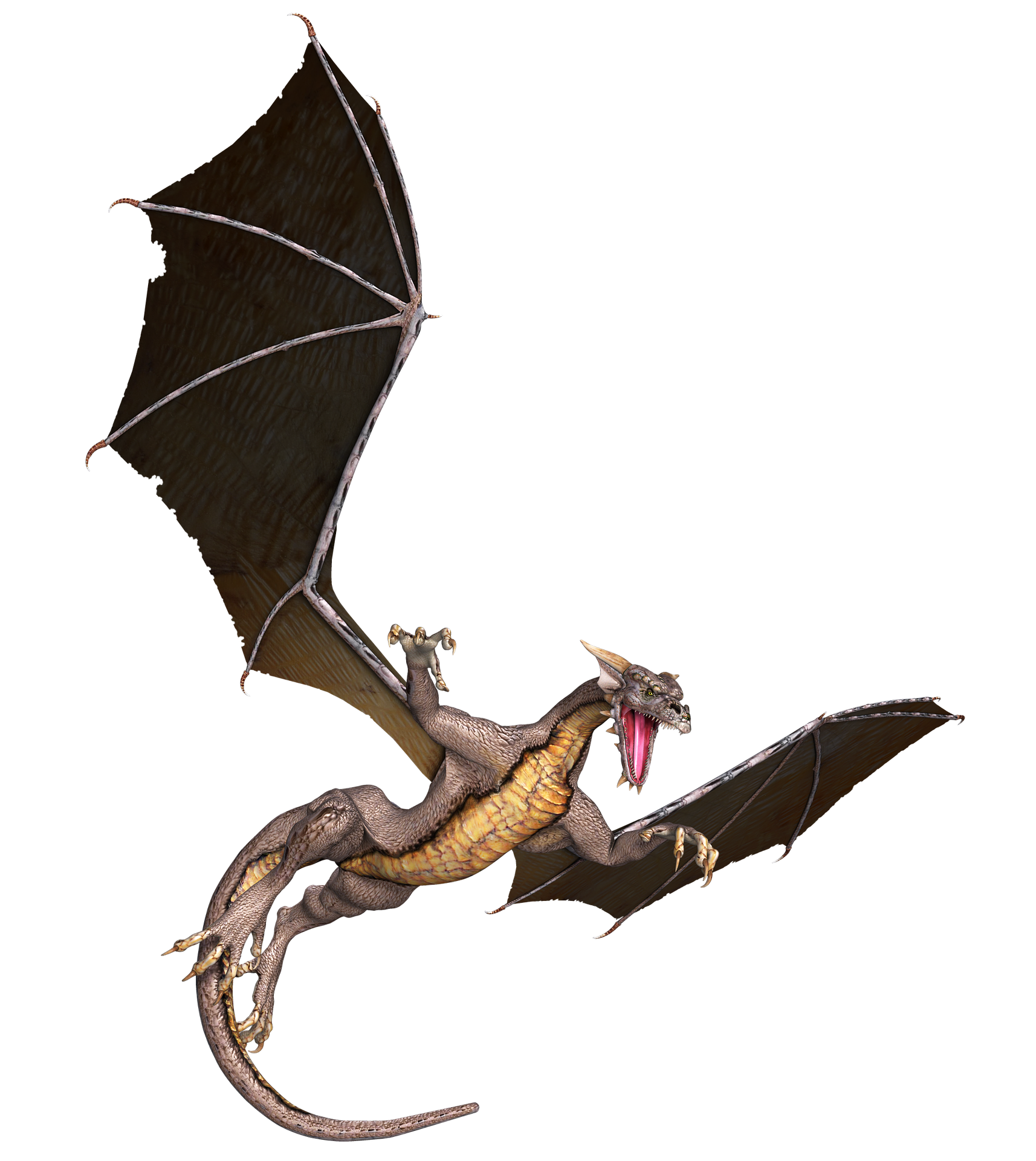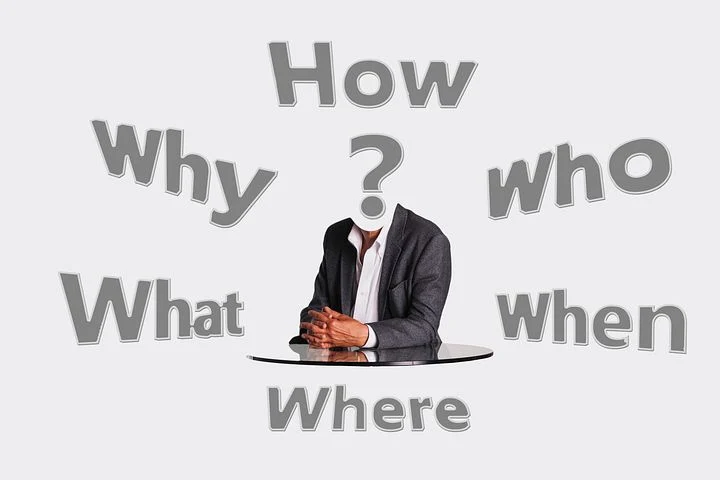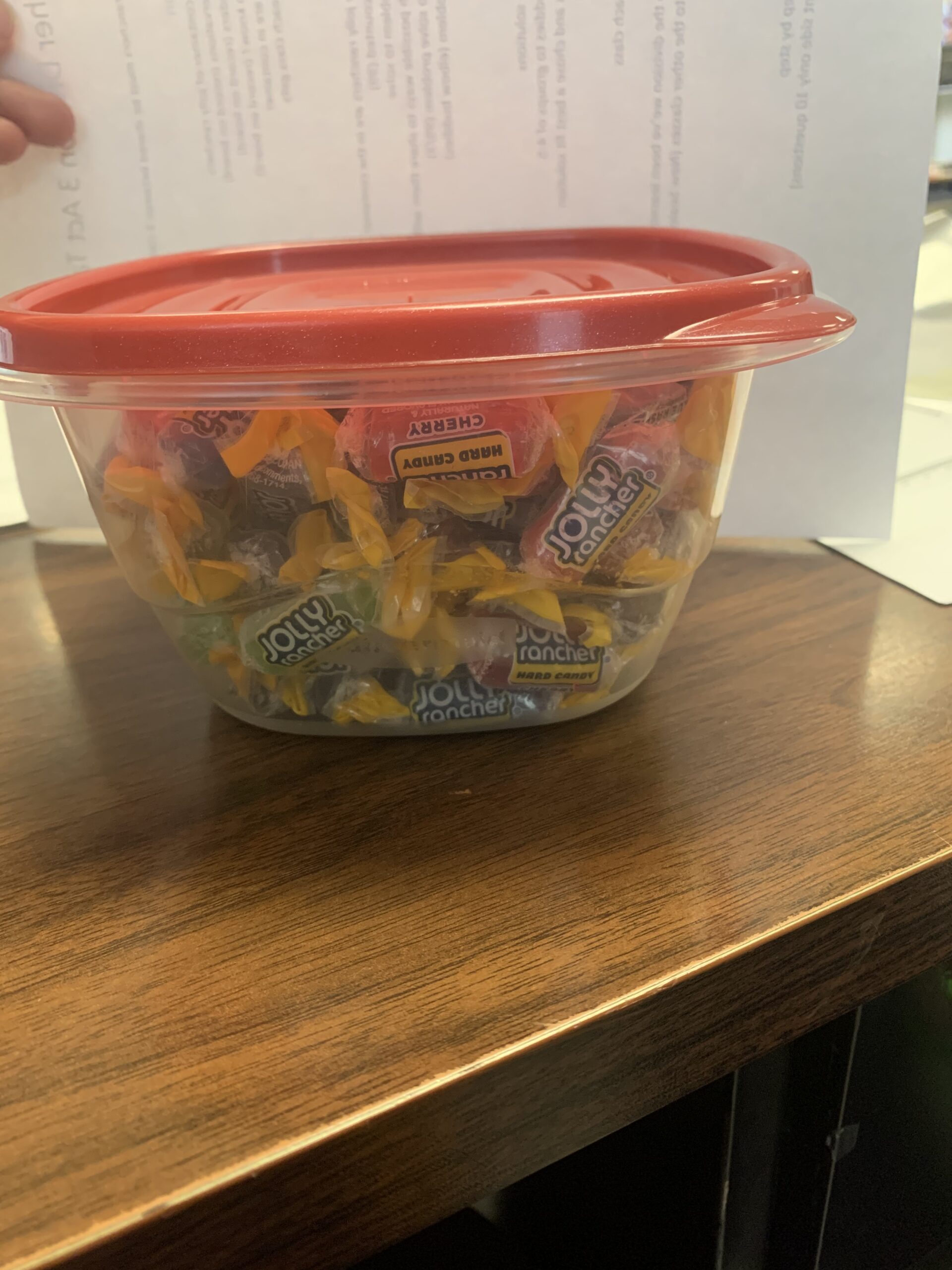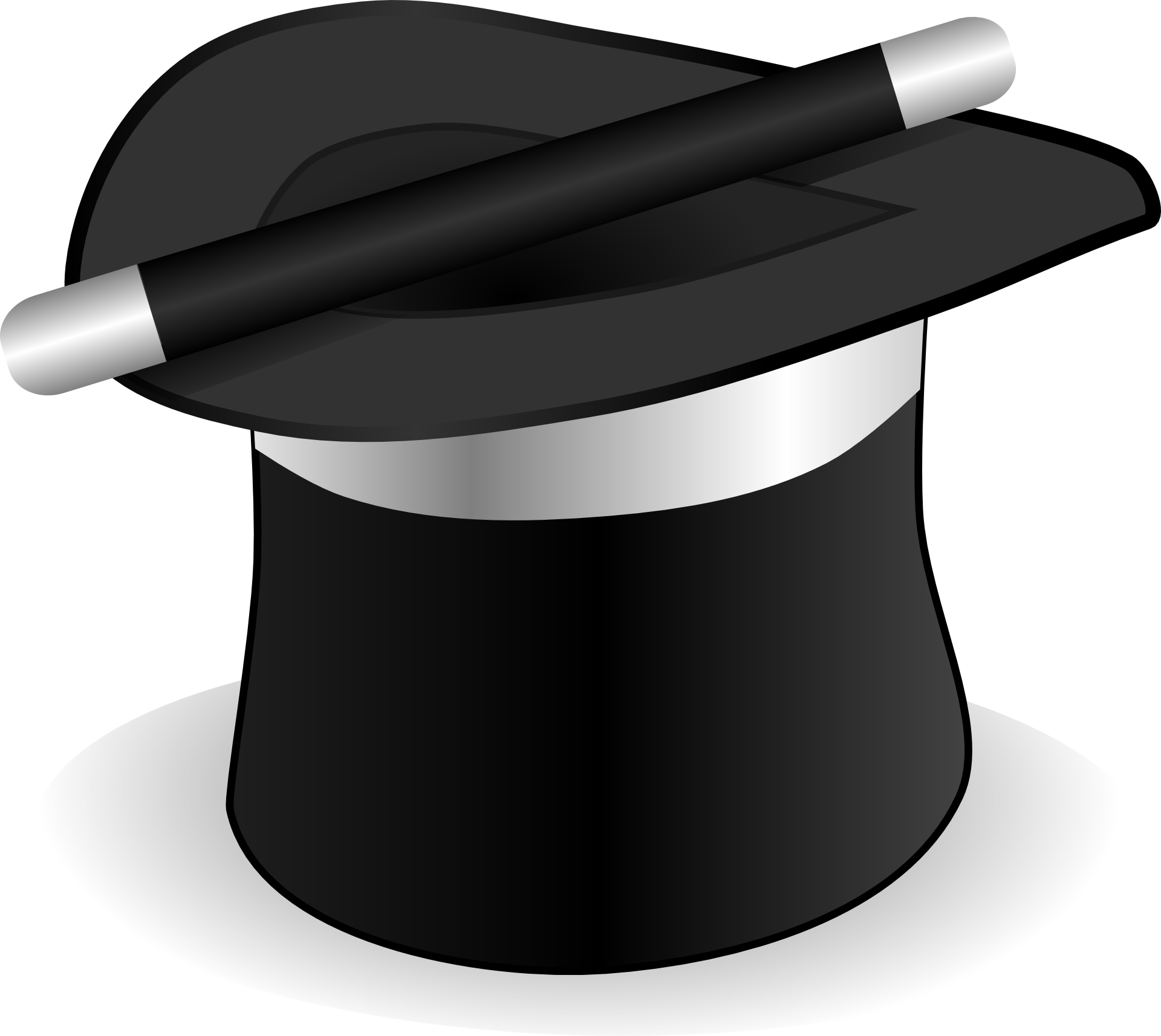Background Information
Langley Fundamental Elementary School (LFES) is a large suburban elementary school serving students from kindergarten through grade five in the Langley School District in British Columbia. LFES is home to 22 division and 550 students with a diverse population including students with exceptionalities, English Language Learners and indigenous students. Based on conversations in the staff room an the data from both the Langley School District and the BC Foundation Skills Assessments we have highly variable achievement in student number sense which contrasts with our literacy success rates where we consistently have 85% of our students fully meeting or exceeding grade level expectations. By having a consistently high proportion of our students meeting or exceeding grade level expectations in reading it shows that our students have the ability to achieve to equal levels in mathematics.
Our school Action Plan for Learning contains an annual numeracy goal with the measure of success being an increase in the number of students fully meeting or exceeding expectations on the Grade 3 District Numeracy Assessment and the Grade 4 Foundation Skills Assessment tests.
Existing Data
Grade 3 District Numeracy Assessment Results
| Number assessed | Not yet meeting expectations | Minimally meeting expectations | Fully meeting expectations | Exceeding expectations | Percentage fully meeting or exceeding | Percentage not meeting expectations | |
| May 2016 | 85 | 0 | 12 | 55 | 18 | 85.9% | 14.11% |
| May 2017 | 75 | 8 | 19 | 38 | 10 | 65.3% | 36.7% |
| June 2018 | 85 | 0 | 17 | 46 | 22 | 80% | 20% |
| June 2019 | 80 | 1 | 14 | 57 | 8 | 81.3% | 18.7% |
| June 2020 | No data collected | ||||||
| June 2021 | 84 | 2 | 26 | 40 | 16 | 66.7% | 33.3% |
| June 2022 | 84 | 0 | 8 | 37 | 39 | 90.5% | 9.5% |
(Carlyle & Paton, 2023)
Grade 4 Foundation Skills Assessment Numeracy Results
| Number assessed | Unknown | Not yet meeting expectations | Minimally meeting expectations | Fully meeting expectations (on track) | Exceeding expectations | Percentage fully meeting or exceeding | Percentage not yet meeting expectations | |
| March 2016 | 90 | 11 | 19 | 29 | 23 | 8 | 39% | 53.3% |
| March 2017 | 88 | 13 | 8 | 19 | 38 | 10 | 64% | 30% |
| Oct 2018 | 87 | 3 | 9 | 42 | 29 | 4 | 39% | 58% |
| Oct 2019 | 90 | 6 | 10 | 19 | 34 | 15 | 58% | 32.2% |
| 2020/2021 | 86 | 5 | 15 | 27 | 33 | 6 | 45% | 48.8% |
| 2021/2022 | 78 | 22 | 52 | 54 | 72% | 28.2% |
(Carlyle & Paton, 2023)
Rationale
Our numeracy scores are inconsistent from year to year as well between assessments. We utilize two assessments to gather a snapshot of student numeracy skills the locally developed District Numeracy Assessment (DNA) and the provincially mandated Foundation Skills Assessments (FSA). As the district assessment is given in June and the FSA in October of the following school year the same students are completing the two assessments within six months, this leads to a skew in our data as only a small portion of our students are being sampled. Using the same group of students in back to back years for our samples limits our sample size and can skew the data particularly if we have a very weak year or if multiple students are excused from the FSA assessments. To have a true picture of numeracy in our school we need to look at a broader sample of our students. As our school goal is to increase numeracy, we need zoom in on the number sense aspect to determine where we currently are and what steps will need to be taken. Beginning with an assessment is a good first step in our numeracy goal as it will allow us to determine student strengths and weaknesses as well as plan for areas where direct teaching needs to be focused. Once we have consistent school wide data from K-5 we will be able to plan across grade levels to increase student number sense and develop common lessons, tools and language. Looking at number sense will be a shift from prior years attempts to improve our number sense progress focusing on developing computational fluency and problem solving skills.
Number Sense
“Number sense is the primary focus of Elementary Mathematics, “one of the goals of instruction in arithmetic is for students to become numerically powerful and proficient.” (Chapin & Johnson, 2006) students who are numerically powerful are able to interact with numbers flexibly adapting their strategies, and justifying their thinking. Number sense is essential to students’ ability to access the mathematics curriculum and to participate in many day to day activities. Strong number sense is an indicator of over all numeracy skills as well as student success with the mathematics curriculum. To demonstrate number sense students, need “a good intuition about numbers and their relationships. It develops gradually as a result of exploring numbers, visualizing them in a variety of contexts, and relating them in ways that are not limited by traditional algorithms.” (Howden, 1989) Number sense is further explored by the ASCD, “The discipline of mathematics comprises three worlds: the actual quantities that exist in space and time; the counting numbers in the spoken language; and formal symbols, such as written numerals and operation signs. Number sense requires the construction of a rich set of relationships among these worlds. Students must first link the real quantities with the counting numbers. Only then can students connect this integrated knowledge to the world of formal symbols and gain an understanding of their meaning.” (ASCD, 2004). In many ways number sense is the mathematical equivalent of phonics and phonemic awareness, students require daily targeted instruction to develop fluency with number sense.
Inquiry Question
How can we create a common number sense specific assessment linked to the British Columbia Kindergarten to Grade 8 curriculum?
Sub questions
- What skills do students need to master to have number sense?
- What common language is needed to communicate about number sense?
- What tools do educators need to accurately assess number sense?
- What professional development do educators need to accurately assess number sense?
- Can the assessment be used to monitor progress over a students elementary and middle school years?
- How can the assessment be implemented consistently?
Follow Up Questions for further investigation
- What strategies can be put in place in classrooms to support number sense development?
- How will we support number sense development in students with gaps in their understanding?
- What school wide efforts can be put in place to support number sense development?
- How will the community be involved in supporting number sense development?
Interview Questions:
Topic 1 – Number Sense
- What is your definition of number sense?
- What skills do you think some one needs to have to have number sense?
- What do you think the role of number sense is in math education? Life?
- What does strong number sense look like?
- How do you feel about your own number sense? General math skills?
- What resources do you have access to surrounding number sense?
- What professional development have you experienced related to number sense?
- How have professional development workshops, videos or courses influenced your view of number sense?
Topic 2 – Assessment Practices
- How do you know if a student has number sense?
- How do you assess number sense in your classroom?
- What does summative number sense assessment look like in your classroom? Formative?
- How often do you assess number sense?
- Do you feel a number sense specific assessment would be helpful? Why or why not?
- Do you feel like you have enough information about your student’s number sense? Why or why not?
- What do you know about your student’s number sense?
- What would you like to know about your student’s number sense?
Topic 3 – Future Assessment
- What could number sense assessment look like?
- What information do you want or need about students’ number sense?
- How would you like a number sense assessment structured? By grade? In groupings of 2-3 grades? Not linked to grade levels?
- How detailed would you like a number sense assessment to be?
- What are your priorities when assessing number sense?
- What would you need to implement a number sense assessment?
Closing
- What else would you like to share about number sense?
- Do you have any thoughts about creating a number sense assessment?
- What questions do you have about assessing number sense?
In writing the interview guide I identified three key topics, number sense, current number sense assessment practices and future assessment. With in each section there several questions that could be used to encourage conversation. When interviewing another educator not all questions will need to be asked as they may bring up ideas that relate to multiple questions. I found the process of breaking my interview into subtopics allowed for better organization of the questions and a more natural progression from one question to the other. I have tried to keep the questions as open ended as possible. My one concern through out my project is the term “number sense” while I have a clear personal definition based on extensive reading from multiple subject area experts, the term could have ambiguous meaning or be seen more as a buzz word than a mathematical concept. Being unsure of how others perceive the term number sense I asked for the interviewee’s definition as my first interview question to gain understanding of where they are coming from.
Survey
When constructing the survey portion of this assignment I wanted to utilize a variety of question types to gain the most information possible. Having specific information and feedback on number sense assessment and how willing teachers are to utilize a number sense assessment, I am able to design a better assessment. I included questions that look at educator’s demographics as the grade level an educator works with as well as their role in a school are factors that will influence their views on number sense and assessment. After writing my survey I am wondering if asking about the age of the students some one works with would give more data than asking about grades , on a global scale as each country calls grades different things. I also think geographic location could influence views of number sense as school districts have different priorities for learning. In determining what teachers need to improve number sense their experience and prior knowledge will influence their confidence assessing and willingness to implement a new assessment. The survey questions are designed to gather information about educator needs as well as their priorities for assessing number sense. One of the things that I am interested in is the frequency in which we assess number sense, we currently do formal reading assessments 4 times a year, September, November, February and May, should number sense have a formal assessment with the same frequency or is once or twice a year enough? The survey will also be instrumental in determining what information other educators want in a number sense assessment and what formats will work well for them. In the Anders chapter there is some discussion of providing survey takers an option for when they don’t have an opinion on a topic to avoid skewing your data, to do this where appropriate I have given the “no opinion” and “not applicable” options. When looking at different elements of number sense specifically there are skills that are applicable at some grade levels but not all, kindergarten teachers are not teaching or assessing decimals and integers while secondary teachers are not checking if their students can count by twos. Thinking as some one responding to surveys that frequently come from my admin or school district I would like the option to have an effective no opinion option so I don’t click on something randomly to be able to move on. I agree with Anders that providing a no opinion option will give clearer data in the long run, some one not having an opinion on a topic actually gives as much information as them having a strong opinion. As well knowing which areas people are more flexible on will allow me to focus attention on perfecting the things others are pickier about. While I used a variety of closed question types throughout my survey I did include two open ended ones at the end allowing me to get potential wishlists for a number sense assessment as well as learning what questions others have so that those can be targeted when I go to produce a number sense assessment.
Personal reflection
The interviewing and survey process may also reveal my own assumptions and biases about the topic and it’s importance in ways that are unexpected. This is something that I am hoping to implement in the process of creating a number sense assessment because from my experience in my specific school context top down changes from administration only or the school board office are met with hostility and derision. To be able to create something that will be utilized and accepted our team needs to feel that their voices are heard at every stage of the process from the initial surveys and interviews to drafting the assessment and its eventual implementation. Something like this is a new idea and a big change, taking this into my very conservative community will require incremental changes and being open to often harsh critiques as change is not usually appreciated. Using a survey and having interview questions, taking time to really listen to teacher feedback will hopefully increase buy in. I have my own reservations about sharing my questions with colleagues while there are a handful I feel comfortable approaching they do not represent a large enough sample of our staff and are concentrated in a couple of grade levels. This comes down to my own confidence in my position within the social hierarchy of my staff, I work on a highly experienced staff many of whom have spent their whole career in the one school, some even going to our school when they were children. Two thirds of our staff are old enough to be my parents as I am frequently reminded, and my two grade group partners did their teacher training with my mother 38 years ago. As such I tip toe around ideas and share newer ideas and theories in bits and pieces, tiny innocuous seeming things a new game here, a science lab there maybe a whole unit or project if I’m feeling particularly bold. Sharing this idea, will rock our staff’s beliefs about why our numeracy scores are low. No matter how carefully I design my survey and questions, bringing forward the idea of focusing on understanding and number sense I will upset the status quo, I have to be prepared to greatly modify my idea to fit the existing perceptions and biases of my staff. While it is not going to be popular and is going to take a great deal of courage it is in the best interests of our students to explore our numeracy challenges from a new perspective. Sometimes positive change comes from trying something new and shaking things up, history shows that the instigators of change are not initially popular or taken seriously but in time the changes do occur. For my work in this program to have an impact I need to move it beyond my own classroom and become brave enough to share it on a school wide level. This is as much about me developing self confidence and believing in my own voice. Hopefully there are others in our building who have some curiosity about my idea and will be intrigued enough to breakaway from our loud group of traditionalists. I also need to work to see the other seasoned teachers on staff as my colleagues and peers rather than my parents friends. My admin team has been highly supportive of my idea to explore number sense further and a create a number sense assessment, even going so far as to suggest it for my capstone project. We are beginning an era of revitalization with 6 retirement this year and 10 more in the coming two years, I’m hoping as new teachers are hired this brings a group that is more willing to shake things up. If I want to effect positive change around number sense and attempt to create a number sense assessment for more than my grade 4 students I will need to work with my colleagues, by using the survey and interview techniques from the readings I will be able to gather the data needed about their goals and preferences to create something that could be a great tool for our school.
References
Andres, L. (2012). Developing Survey Questions. In L. Andres, Designing & Doing Survey Research. SAGE Publications.
ASCD (Ed.). (2004, Feb 1). Teaching Number Sense. Educational Leadership(Improving Achievement in Math and Science). Retrieved from https://www.ascd.org/el/articles/teaching-number-sense
Brownhill, S., Ungarova, T., & Bipazhanova, A. (2017). ‘Jumping the first hurdle’: Framing action research questions using the Ice Cream Cone Model. Methodological Innovations.
Carlyle, M., & Paton, D. (2023, September). Langley Fundamental Elementary School School Improvement Plan 2023-2024. Langley, BC: Langley School District (SD35).
Chapin, S. H., & Johnson, A. (2006). Number Sense. In M. M. K-8, Chapin, Suzzanne H.; Johnson, Art (Second ed., pp. 1-30). Sausalito, California, USA: Math Solutions.
Clements, D. H., & Sarama, J. (2014). Learning and Teaching Early Math The LEarning Trajectories Approach (Second ed.). New York: Routledge.
Cunningham, B. (n.d.). What is number sense? Retrieved from Understood: https://www.understood.org/en/articles/number-sense-what-you-need-to-know
Howden, H. (1989, Feburary). Teaching Number Sense. The Arithmetic Teacher, 6-11.
Morris, A. (2015). Chapter 3: Developing the interview guide. In A. Morris, A practical introduction to in-depth interviewing. London: SAGE Publications Ltd.
Small, M. (2021). Making Math Meaningful To Canadian Students K-8, Fourth Edition. Toronto: Nelson Education.
Stewart, D. W., Shamdasani, P. N., & Rook, D. W. (2009). Group depth interviews: focus group research. In L. Brickman, & D. J. Rog, The SAGE Handbook of Applied Social Research Methods (pp. 586-616). London: SAGE Publications, Inc.
Van de Wall, J. A., Karp, K. S., Bay-Williams, J. M., McFarvey, L. M., & Folk, S. (2015). Elementary and Middle School Mathematics Teaching Developmentally Fourth Canadian Edition. Toronto: Pearson Canada.

